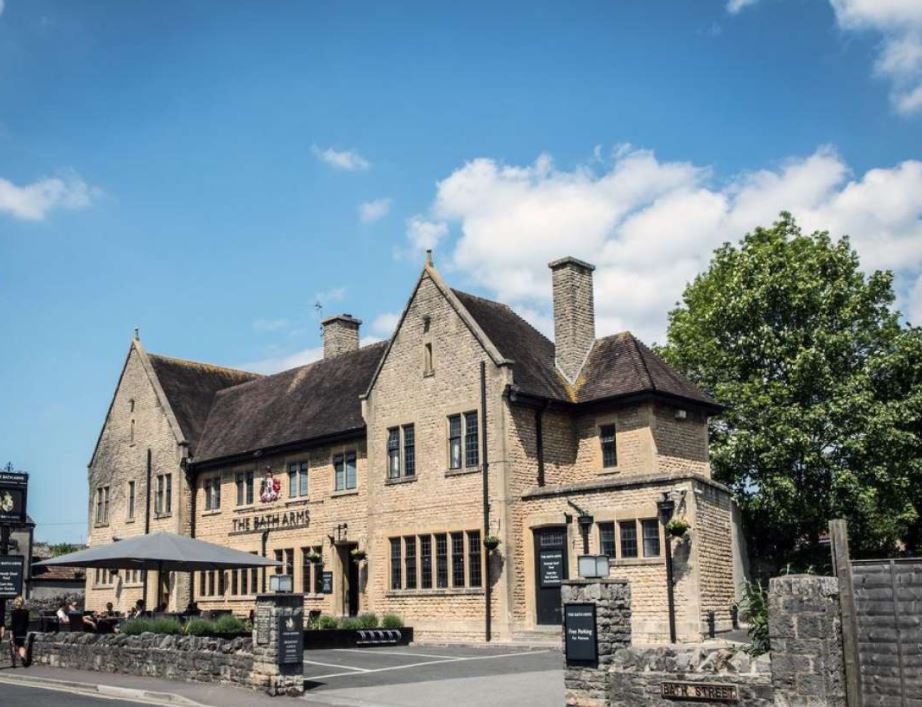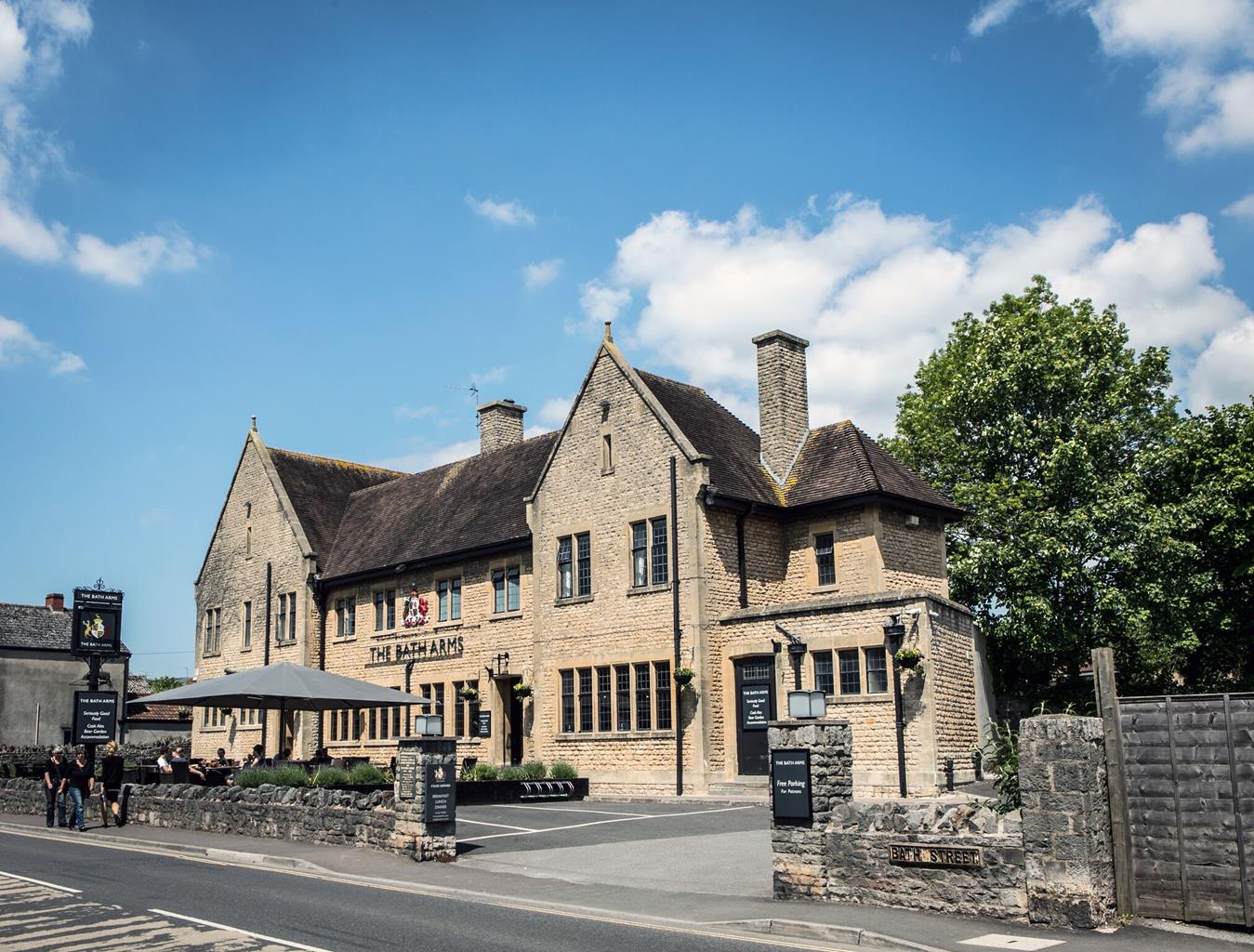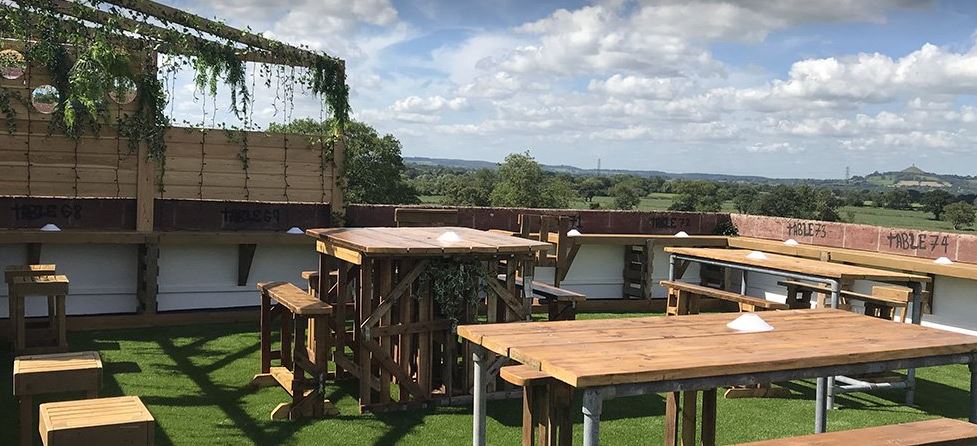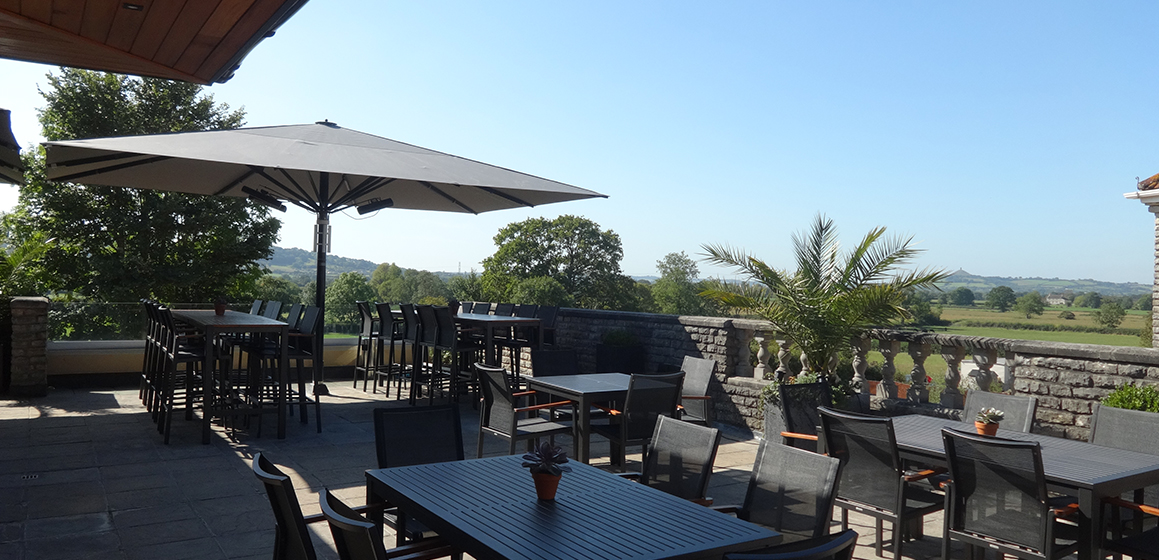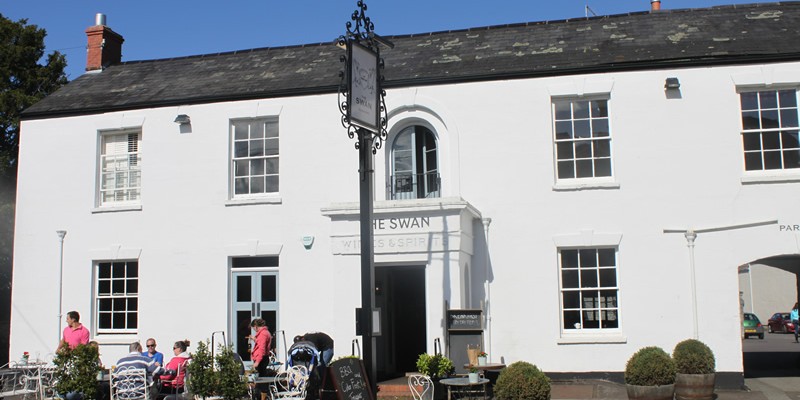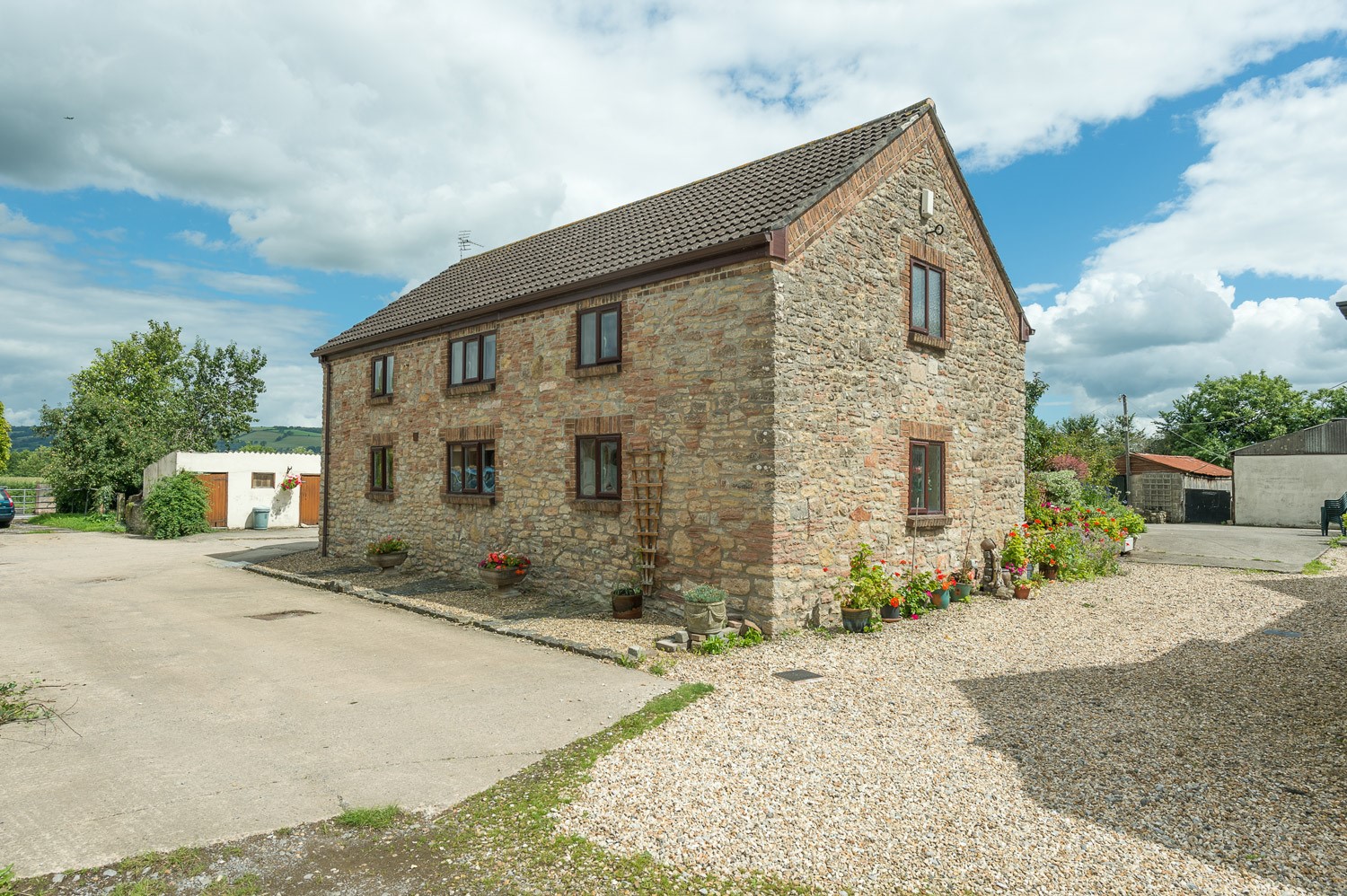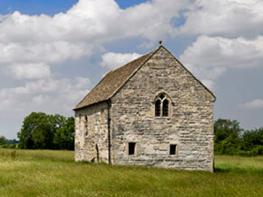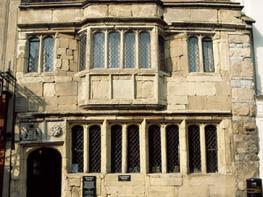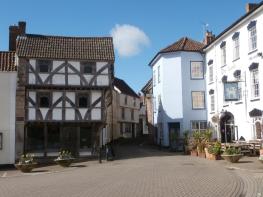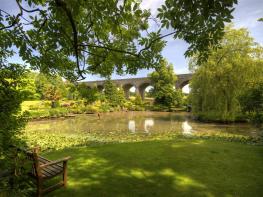This well established, adults-only holiday park has first-class toilet facilities and many…
Romantic Ebbor Gorge

The small but sublime limestone gorge that inspired Coleridge to write one of his best-known poems, 'Kubla Khan'.
4.75 miles (7.7kms)
About the walk
When Samuel Taylor Coleridge (1772–1834) wanted to paint in words the ultimate in sublime landscape, he based his poem not on Snowdonia (which he had visited) but on Somerset. The setting of Kubla Khan (1816) is based partly on Culbone Combe, on the Exmoor Coast, and partly on memories of a visit to Wookey Hole and Ebbor. So we have: 'the deep romantic chasm that slanted, down a green hill, athwart a cedern covert; a savage place!' While down at Wookey Hole: 'Alph, the sacred river ran, through caverns measureless to man…' To the writers and painters of the Romantic period, a landscape could be merely beautiful – or it could be sublime. A scene that's 'sublime' goes far beyond the merely pretty: it induces awe and even terror. It stills the noisy chattering mind, to the point of breaking through into the 'divine Reality' that lies behind the world. Today most of us don't believe in the divine Reality, and aren't driven to sort our views into categories and seek out the sublime. And yet it is possible to experience it on Glastonbury Tor at sunset and at midnight on the Quantocks even while staring down on some very 21st-century streetlights.
Ornamental vision
It's interesting to compare Kubla Khan with Stourhead Garden: the walls and towers are there; the incense-bearing trees; even the domed shapes of the buildings. Stourhead's designer, Henry Hoare, wasn't copying the poem, it's just that he and Coleridge sought the same thing. The third category of scenery was picturesque. This is one that's arranged correctly, with foreground, middleground, and a hill wall shutting off the end. The foreground should have some ornamental peasants or brigands, from whom a carefully placed river or lane leads the eye into the scene. Coleridge did pronounce 'Kubla Khan' to rhyme with 'Measureless to man'. We know this from a letter of Dorothy Wordsworth's where she puns on 'Kubla Khan' and 'watering Khan'. Wordsworth himself mocked those who go walking for the sake of the view – the 'craving for a prospect', as he called it. But Ebbor Gorge is impressive whatever its landscape category.
Walk directions
From the notice board at the top end of the car park descend a stepped path. After a clearing, turn left, signposted 'The Gorge'. The wide path crosses the stream to another junction.
Turn right, away from the gorge down the valley to a road. Turn left, to pass through Wookey Hole village. At its end the road bends right; take a kissing gate on the left with a 'West Mendip Way' post. After two more kissing gates turn left up a spur to the top of Arthur's Point.
Bear right for 60yds (55m) into woods again. The path now heads down through woods to a field.. Go down left to a kissing gate back into the wood. At once, and before the lime kiln just ahead, turn up left between boulders to pass between high quarry crags. Bear right along the wood foot to join a short track ahead. It leads to a four-track junction with a waymarker post standing in a stone plinth.
Turn sharp left, on to tarred track that bends right then left through Model Farm, to Tynings Lane. Turn left for 85yds (78m) to a signposted stile on the right. Go up with a fence on your right, then bear left to a gate with a stile. Go straight up the next field, aiming for a gateway below the top left corner with tractor ruts running into it. A track leads up through a wood and a field. From the gate at its top slant upwards in the same direction to another gate next to a stile 100yds (91m) below the field's top left corner.
A faint path runs along the tops of three fields with a long view across the Levels away to your left. With a stile on the right and a gate and horse trough in front, turn downhill keeping the fence on your right; follow it to a stile leading into the Ebbor Gorge Nature Reserve.
A second stile leads into a wood. At a junction with a red arrow and sign marked 'Car Park' pointing forward, turn right into the valley and go down it – this narrows to an exciting, rocky gully. At the junction below the gorge turn right, signposted 'Car Park'. You are now back on the path taken on the outward walk. After crossing a stream turn left at a T-junction to the wood edge, and back right to the car park.
Additional information
Small paths and field-edges, with a rugged descent, many stiles
Vast view across the Levels, then tight little gorge
English Nature asks that dogs to be on leads in reserve
AA Walker's Map 25 Bristol, Bath & The Mendips
Ebbor Gorge car park above Wookey Hole or Wookey Hole's car park
At Wookey Hole's visitor car park
WALKING IN SAFETY
Read our tips to look after yourself and the environment when following this walk.
Find out more
Also in the area
About the area
Discover Somerset
Somerset means ‘summer pastures’ – appropriate given that so much of this county remains rural and unspoiled. Ever popular areas to visit are the limestone and red sandstone Mendip Hills rising to over 1,000 feet, and by complete contrast, to the south and southwest, the flat landscape of the Somerset Levels. Descend to the Somerset Levels, an evocative lowland landscape that was the setting for the Battle of Sedgemoor in 1685. In the depths of winter this is a desolate place and famously prone to extensive flooding. There is also a palpable sense of the distant past among these fields and scattered communities. It is claimed that Alfred the Great retreated here after his defeat by the Danes.
Away from the flat country are the Quantocks, once the haunt of poets Samuel Taylor Coleridge and William Wordsworth. The Quantocks are noted for their gentle slopes, heather-covered moorland expanses and red deer. From the summit, the Bristol Channel is visible where it meets the Severn Estuary. So much of this hilly landscape has a timeless quality about it and large areas have hardly changed since Coleridge and Wordsworth’s day.
Nearby stays
Restaurants and Pubs
Nearby experiences
Recommended things to do
Why choose Rated Trips?
Your trusted guide to rated places across the UK
The best coverage
Discover more than 15,000 professionally rated places to stay, eat and visit from across the UK and Ireland.
Quality assured
Choose a place to stay safe in the knowledge that it has been expertly assessed by trained assessors.
Plan your next trip
Search by location or the type of place you're visiting to find your next ideal holiday experience.
Travel inspiration
Read our articles, city guides and recommended things to do for inspiration. We're here to help you explore the UK.




